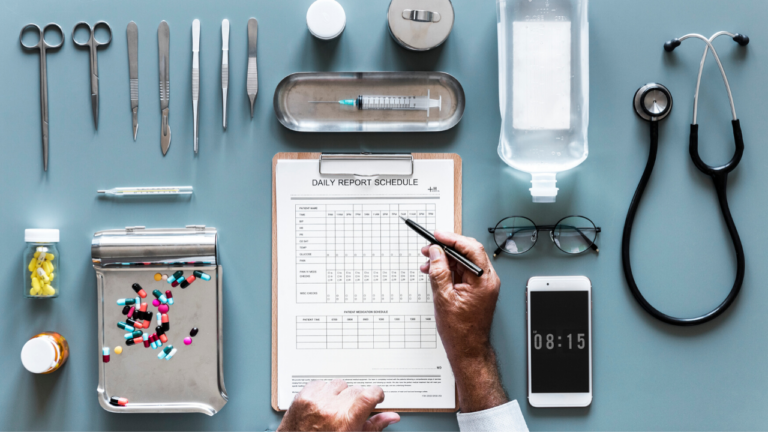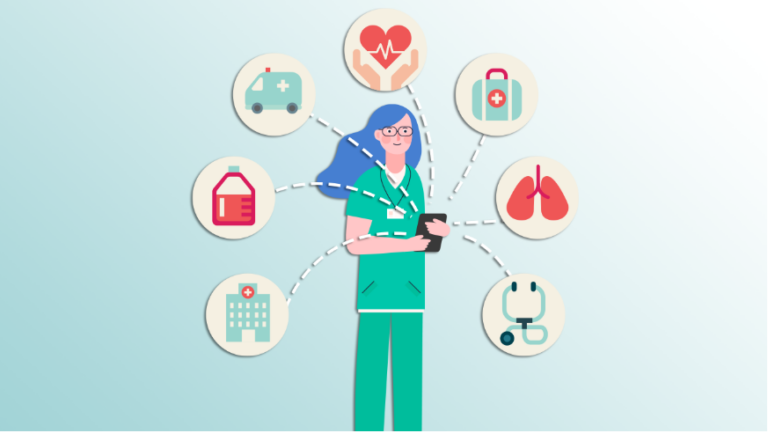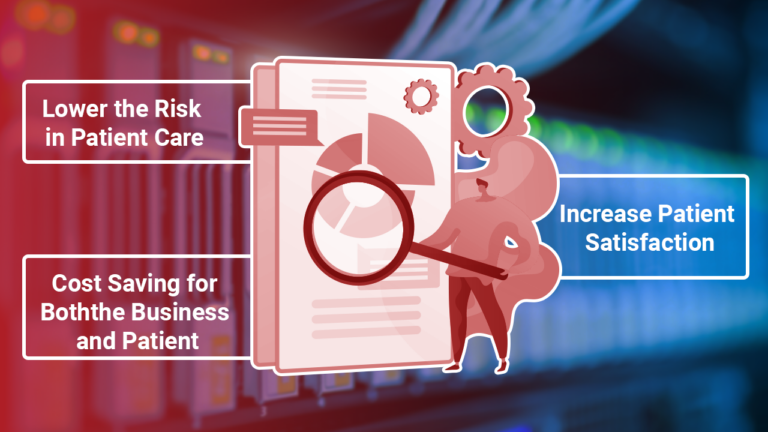Achieving Outstanding Data Security in Health Tech

Data security in the realm of healthcare has emerged as a critical concern in the face of increasing cyber threats. In 2022, there were an alarming average of 1.94 healthcare data breaches of 500 or more records every day. To combat these threats, the industry uses a blend of strategies including data encryption, data masking, disaster recovery, and tokenization. While these methods are integral to fortifying defenses, data security goes beyond these measures. Ensuring user privacy, enforcing robust security policies, and utilizing effective technological solutions are equally crucial. By incorporating healthcare BPO services into their strategy, organizations can delegate these specialized tasks to professionals, providing them with the bandwidth to focus on delivering quality healthcare services.
How Data Security Is Regulated
Data security regulation in the United States is not dictated by a single comprehensive federal law; instead, healthcare organizations must adhere to a complex array of healthcare data security standards at both federal and state levels.
One of the key components of these standards is the Health Insurance Portability and Accountability Act (HIPAA), enacted in 1996. This Act introduced the HIPAA Privacy Rule and the HIPAA Security Rule, which were established by the U.S. Department of Health and Human Services (HHS). These rules enforce national standards for the protection of health information, particularly electronic health information, and are overseen by the Office for Civil Rights (OCR), a department within HHS. The OCR promotes voluntary compliance and has the authority to impose civil monetary penalties for breaches.
The HIPAA Privacy Rule, or the Standards for Privacy of Individually Identifiable Health Information, safeguards patients’ medical records and other personal health information, placing stringent limitations and conditions on the use and disclosure of such data without patient authorization. This rule also defines the rights of patients over their health information, including their ability to access their data, request corrections for inaccuracies, and obtain a record of disclosures of their protected healthcare information.
What Pieces of Data Need to Be Secured

In the realm of healthcare, a wide range of sensitive information is gathered from patients and must be secured to maintain privacy and abide by regulations. The protected health information that needs to be safeguarded includes:
- Patients’ names
- Dates related to birth, death, treatment, admission, and discharge
- Contact details
- Physical addresses
- Social Security identifiers
- Medical record identifiers
- Images, including photographs
- Unique biometric data like fingerprints, retinal patterns, and voiceprints
- Any other unique identification numbers
These pieces of information fall under the protection of the HIPAA Security Rule, also known as the Security Standards for the Protection of Electronic Protected Health Information. This rule mandates that any entity covered by the HIPAA Compliance law implements appropriate administrative, physical, and technical safeguards. The goal is to ensure the confidentiality, integrity, and security of electronically transmitted protected health information. Recommendations and requirements under this rule include security management processes aimed at preventing, detecting, and correcting security issues.
How to Avoid Data Breaches
Healthcare organizations must implement robust strategies to secure sensitive health information and focus on their core services effectively. This involves a blend of technical and operational controls.
The Healthcare Information and Management Systems Society (HIMSS) recommends six key technical controls to minimize security and compliance risks. Software:
- to combat malicious software
- for preventing data losses
- supporting dual-factor authentication
- for managing software updates and patches
- for encoding and protecting data
- for tracking and monitoring system activities
However, these technical measures cannot guarantee 100 percent data protection on their own. Operational controls must also be in place, which HIMSS outlines as:
- Establishment of a security and compliance oversight committee.
- Implementation of formal security assessment processes.
- Development of a security incident response plan.
- Promotion of ongoing user awareness and training.
- Creation of an information classification system.
- Formulation of comprehensive security policies.
Strategies to maintain the security of Protected Health Information (PHI) and minimize data-related risks include:
- Implementing data encryption to make unauthorized access to sensitive data more difficult.
- Applying access control to manage who can view, modify, and transmit data.
- Utilizing a suitable data security platform to centrally manage data security controls and enforce policies uniformly across all data repositories.
- Deploying security analytics and multi-factor authentication solutions to identify potentially harmful patterns of data use.
How to Optimize Workflow in Healthcare While Maintaining Data Security

Healthcare providers are often faced with the daunting task of balancing optimized workflow with robust data security. Setting up the necessary infrastructure, compliance protocols, and expert teams for in-house data security can be an intensive, expensive, and complex process. It involves the designing, implementation, and ongoing maintenance of security measures that meet regulatory standards.
An alternative solution is outsourcing data security to experienced and compliant BPO services for healthcare, offering tech-driven BPO healthcare services. An excellent business process outsourcing company (BPO) already possesses the necessary infrastructure and excellent talent to implement stringent data security controls. Furthermore, from healthcare call center services to predictive analytics solutions, they utilize cutting-edge technology such as Automation, Business Intelligence (BI), Machine Learning, and RPA on the entire organizational model to accelerate processes, provide valuable operational insights, and enhance efficiency. This allows healthcare organizations to focus more effectively on their core competencies while ensuring data security, ultimately achieving an optimal balance between culture, workflow efficiency, and data protection.
Final Thoughts
In conclusion, as the digital landscape expands and evolves, data security in healthcare becomes increasingly significant. Robust data protection is vital not just for regulatory compliance but also for maintaining patient trust and ensuring the successful operation of healthcare services. By effectively balancing technical and operational controls, and leveraging healthcare BPO services, organizations can establish a secure and efficient workflow. This enables healthcare providers to focus on their primary mission – delivering high-quality patient care, while professionals handle data security and privacy. As we move forward, embracing these strategies and solutions will be instrumental in navigating the complex landscape of health tech data security.
Infinit-O partners with the world’s fastest-growing technology, financial, and healthcare services companies that want to scale and advance their brands. Demonstrated by our world-class Net Promoter Score of 67+, we deliver the highest quality outsourcing services using our unique data-driven approach – combining powerful technology and high-performance teams within our highly-engaged and agile culture. Our expertise includes CX, engineering, data science & analytics, sales & marketing, and back office services.
Ready to elevate your healthcare services? Reach out to us today for tailored solutions designed to meet your unique needs!







This site is protected by reCAPTCHA and the Google Privacy Policy and Terms of Service apply.